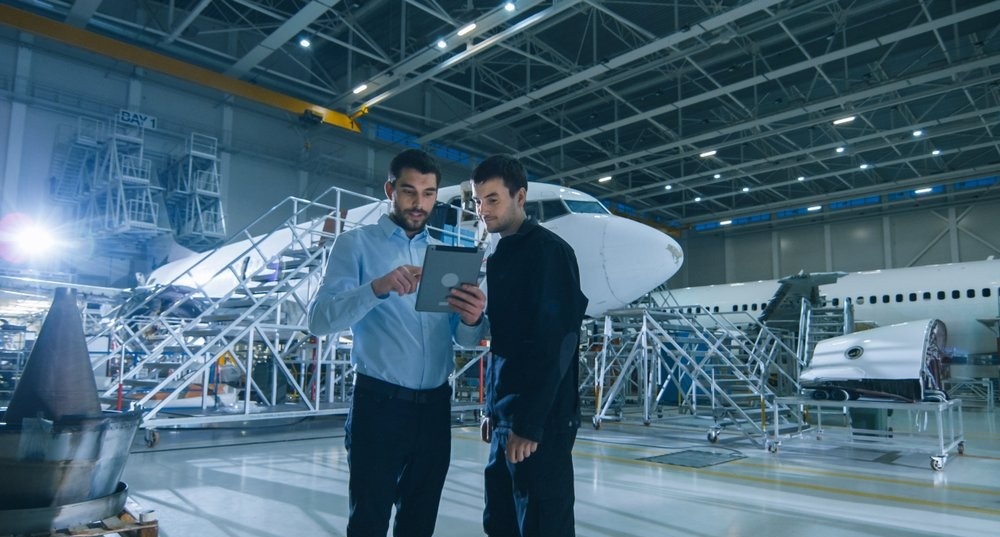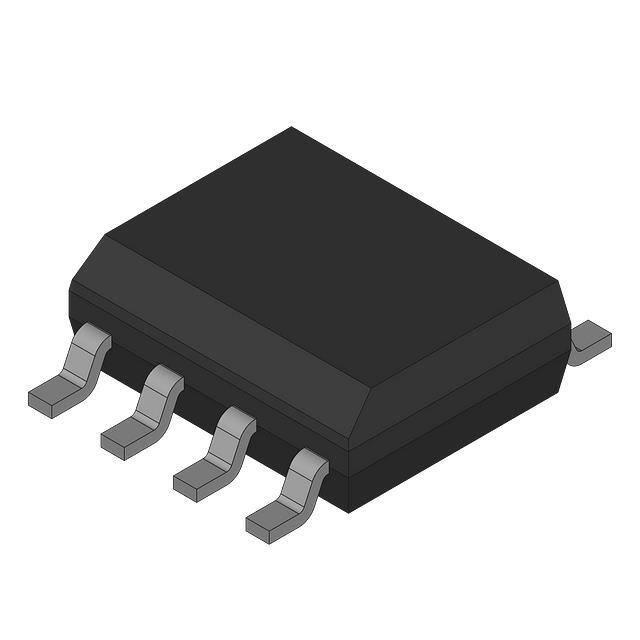innovation and challenges of aerospace engineering solutions
Wings of technology flying to the future: innovation and challenges of aerospace engineering solutions
In the vast universe and unknown air routes, the aerospace industry has always represented the ambition and wisdom of mankind to pursue its dreams. Behind this is the support of countless precision engineering solutions. Today, with the rapid development of technology, we are in an unprecedented new era of aerospace. Precision instruments, intelligent control systems, and the most advanced materials technology continue to drive aerospace engineering to leap to higher goals.

1. The power of innovative solutions
Aerospace engineering is not just mechanical design and parts manufacturing, but also a competition of innovation, challenges and breakthroughs. Faced with increasingly complex aerospace missions, from deep space exploration to the safety improvement of commercial aviation, every technological innovation is opening up new horizons for future voyages.
For example, intelligent system integration provides new impetus for aerospace. Through the deep integration of artificial intelligence, big data and cloud computing, modern aerospace vehicles can achieve more accurate navigation and control. The engineering solution based on digital twin technology can simulate the flight performance of spacecraft and its interaction with the external environment in a virtual environment, greatly shortening the R&D cycle and improving safety.
2. Cross-border integration from aerospace to aviation
Technological innovations in aviation and aerospace are accelerating their integration. Modern aerospace engineering not only involves the design of aircraft, but also includes the widespread application of technologies from intelligent avionics to autonomous driving. The rise of autonomous flight technology is changing our perception of aircraft operation. Breakthroughs in drone technology have made long-term, high-precision flights possible, and even the dream of human space exploration has become more within reach.
For example, the intelligent monitoring system equipped in the spacecraft can analyze data in real time and automatically adjust it without human intervention, ensuring the stability and safety of the flight. This forward-looking technology not only shows great potential in civil aviation, but also provides unparalleled support for deep space exploration.
3. Aerospace materials and structural innovation
For aerospace vehicles, the selection of materials and innovation of structures are crucial. In order to cope with harsh flight conditions, the aerospace field has been continuously developing lightweight and high-strength materials. For example, aircraft using carbon fiber composite materials and titanium alloys not only greatly reduce weight, but also effectively cope with the huge pressure brought by high-speed flight.
In addition to the lightweighting of materials, thermal protection technology has also become a key link in aerospace engineering. As spacecraft gradually approach the speed of light, the heat on the outside of the aircraft will be unimaginable in the past. Modern high-temperature resistant coatings and thermal protection systems enable spacecraft to remain stable in extreme environments.
4. Green aviation and sustainable development
With the global emphasis on environmental protection, the aerospace industry has gradually incorporated sustainability into its development strategy. How to reduce carbon emissions while ensuring flight safety and efficiency has become an urgent problem for aerospace engineers. Today, green aviation solutions are gradually emerging, and electric aircraft and new energy drive systems are becoming the trend of future aviation.
In this regard, research on hydrogen fuel cells and solar aircraft has made certain progress. These technologies can not only effectively reduce energy consumption, but also contribute to global environmental protection through zero emissions.
5. Conclusion: Journey to the Future
Every technological breakthrough in the aerospace industry is a manifestation of human wisdom and courage. Whether it is space exploration or smarter and safer air navigation, the innovation of aerospace engineering solutions is driving mankind towards a broader future.
When we look up at the starry sky, we not only see the twinkling stars, but also the hardworking engineers, scientists and technicians behind them. Through every innovation, they help us realize impossible dreams one after another. The journey of the future is no longer a distant fantasy, but a reality that is within reach.


